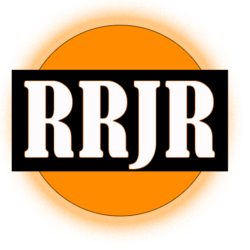AI Dementia: When Artificial Intelligence Gets Stuck in Loops
Just recently, I was visiting my father at an assisted living facility. He required short-term therapy, so I visited almost daily. If you’re not familiar with what an assisted living facility is, let me briefly explain: it’s a facility for both long-term patients who may never leave and short-term patients receiving therapy before returning home. … Read more






